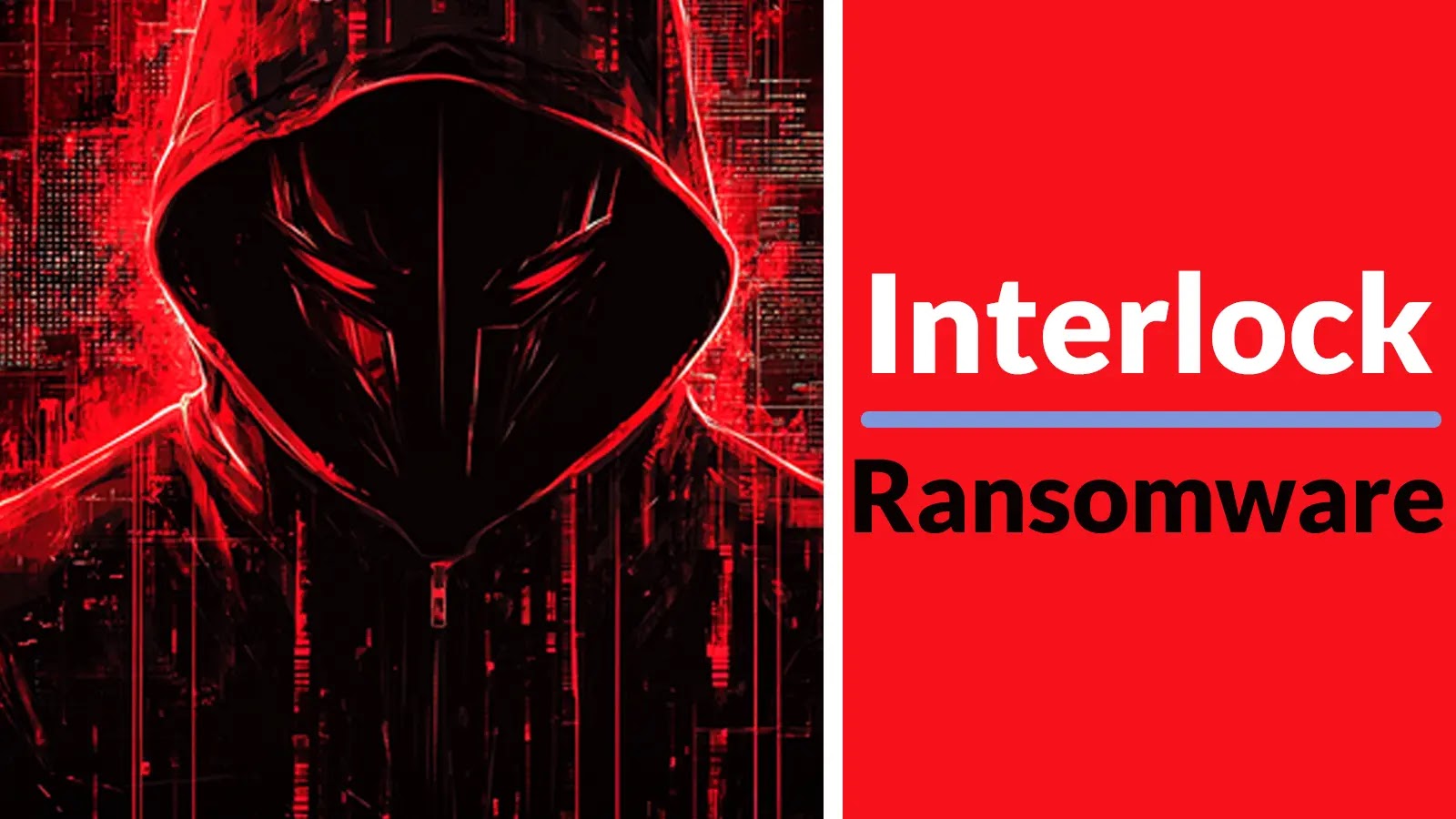In the rapidly evolving digital landscape, Chief Information Security Officers (CISOs) are facing unprecedented challenges in safeguarding their organizations against increasingly sophisticated cyber threats. The expansion of attack surfaces due to remote work, cloud adoption, and the proliferation of Internet of Things (IoT) devices has rendered traditional security models insufficient. To address these challenges, CISOs are increasingly turning to a synergistic combination of artificial intelligence (AI), automation, and Zero Trust architecture, aiming to revolutionize enterprise cybersecurity.
The Escalating Complexity of Cyber Threats
Over the past decade, the cyber threat landscape has undergone a dramatic transformation. Adversaries are now employing advanced techniques such as AI-driven malware, sophisticated social engineering attacks, and ransomware-as-a-service models to infiltrate even the most secure networks. The shift towards remote work and hybrid environments has further blurred traditional network perimeters, introducing new vulnerabilities.
Organizations are now contending with threats not only from external actors but also from insider risks and supply chain vulnerabilities. A single misconfigured cloud setting or compromised employee credential can lead to significant breaches. In this context, reliance on outdated perimeter-based security models is no longer viable. CISOs recognize the necessity for more intelligent solutions to keep pace with attackers who are increasingly leveraging automation and AI to scale their operations.
AI: Transforming Cybersecurity
Artificial intelligence has emerged as a pivotal tool in the cybersecurity arsenal. While AI can be weaponized by malicious actors, it also offers unparalleled capabilities for defense when effectively utilized. CISOs are investing in AI because it can process vast amounts of data in real time, identify patterns, and detect anomalies far more swiftly than human analysts.
AI-powered systems excel at identifying suspicious behaviors across networks. Machine learning algorithms can analyze user activity to establish baseline behaviors and flag deviations that may indicate potential breaches. This proactive approach enables organizations to detect threats before they escalate into full-blown attacks.
Automation: Enhancing Efficiency and Response
One of the significant challenges facing CISOs today is the cybersecurity skills gap. With demand for skilled professionals far outstripping supply, many security teams are understaffed and overwhelmed by the sheer volume of alerts they receive daily. This is where automation becomes invaluable.
Security operations centers (SOCs) often struggle with alert fatigue due to the high number of false positives generated by traditional systems. Automation helps by triaging alerts based on priority levels and filtering out irrelevant ones, ensuring that analysts only deal with actionable incidents. Automated workflows also respond to incidents faster than human teams alone. For instance, if a phishing attempt is detected, automation can immediately revoke access for compromised accounts or quarantine malicious emails before users interact with them.
Zero Trust: A New Security Paradigm
Zero Trust is not just a buzzword; it represents a fundamental shift in how organizations approach cybersecurity. Unlike traditional models that assume trust within the network perimeter, Zero Trust operates on the principle of never trust, always verify. It assumes that every user, device, or application could be compromised and requires continuous verification of all entities attempting to access resources.
Implementing Zero Trust involves several key components:
1. Identity Verification: Ensuring that every user and device is authenticated and authorized before granting access.
2. Least Privilege Access: Granting users and devices the minimum level of access necessary to perform their functions.
3. Microsegmentation: Dividing the network into smaller segments to limit lateral movement of attackers.
4. Continuous Monitoring: Regularly assessing and verifying the security posture of all entities within the network.
By adopting a Zero Trust model, organizations can significantly reduce the risk of unauthorized access and limit the potential impact of breaches.
The Synergy of AI, Automation, and Zero Trust
The integration of AI, automation, and Zero Trust creates a robust and adaptive security framework. AI enhances the ability to detect and respond to threats in real time, automation streamlines security operations and reduces the burden on human analysts, and Zero Trust ensures that access controls are stringent and continuously enforced.
For example, AI can analyze network traffic to detect anomalies indicative of a potential attack. Upon detection, automated systems can isolate affected segments of the network, preventing the spread of the attack. Simultaneously, Zero Trust policies ensure that only verified users and devices can access critical resources, further mitigating the risk.
Challenges and Considerations
While the adoption of AI, automation, and Zero Trust offers significant benefits, it also presents challenges. Implementing these technologies requires substantial investment in terms of time, resources, and expertise. Organizations must also address potential issues related to data privacy, as AI systems often require access to large datasets to function effectively.
Moreover, the effectiveness of these technologies depends on proper configuration and continuous management. Misconfigurations or lapses in monitoring can create vulnerabilities that adversaries may exploit. Therefore, it is crucial for organizations to develop comprehensive strategies that include regular assessments, employee training, and incident response planning.
Conclusion
As cyber threats continue to evolve in complexity and scale, CISOs are increasingly betting on AI, automation, and Zero Trust to fortify their organizations’ defenses. This triad offers a proactive, adaptive, and comprehensive approach to cybersecurity, enabling organizations to stay ahead of adversaries. By embracing these technologies, CISOs can build resilient security architectures capable of protecting their organizations in the digital age.



